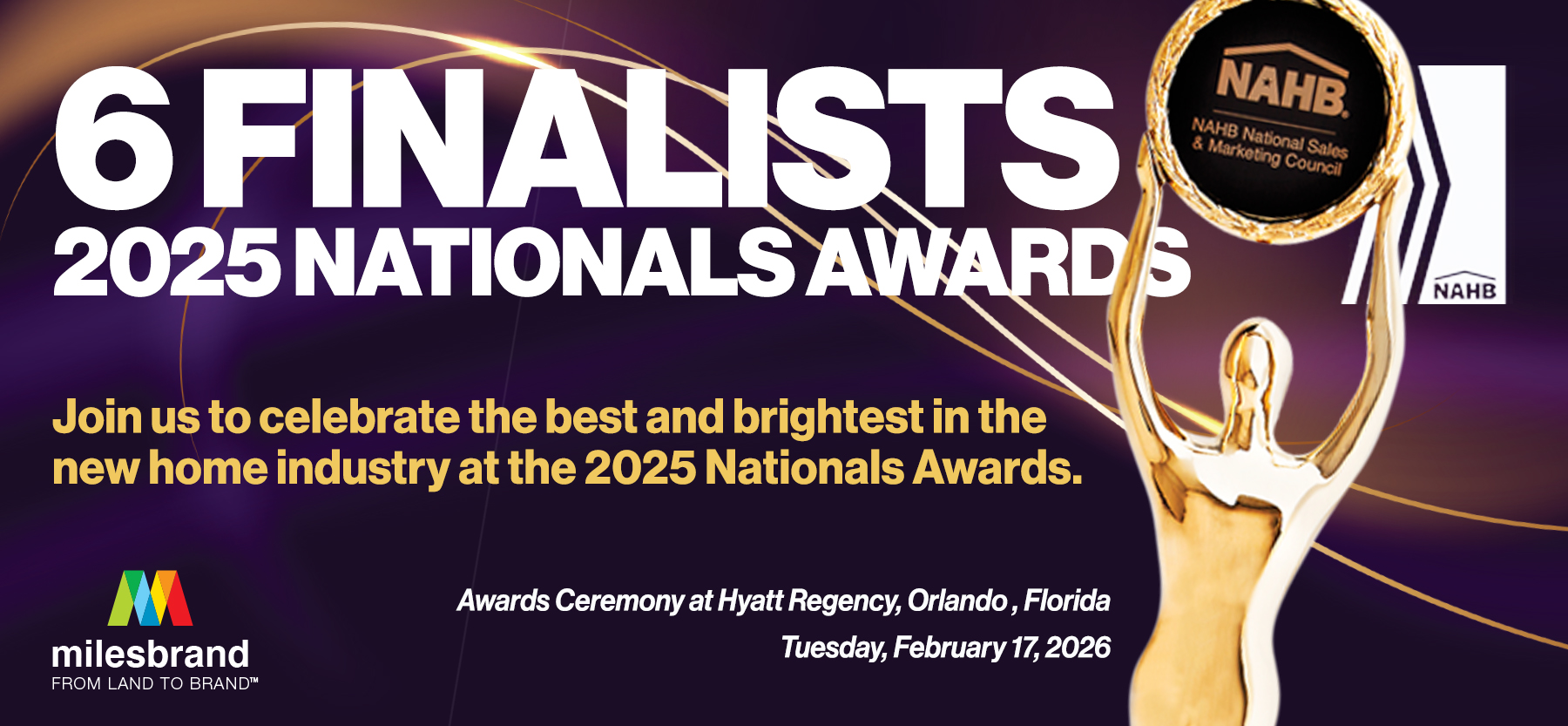May 13, 2020
Social Media: Strategy, Messaging, Voice and Tone
If getting your brand on social media is what you're doing, then social media strategy is how, when, where, and why you're doing it in the first place.
In this article, we'll walk you through all things social media strategy, and answer common questions, such as:
- What social media platforms should I be using?
- What should I say?
- How can I grow my audience?
- In what way should I position my brand?
- How does social media affect my customer experience?
All that, and more, follows.
Social Media Platform Strategy
Half of the planet now uses social media.
Social media touches everyone, with 4.74 billion users worldwide. This equates to almost 60% of the world’s population utilizing this online platform.
Setting out to reach consumers where they already are is a no-brainer, but what sites should businesses engage on among dozens of active social platforms?
If your business is international, you're faced with a slightly more complicated decision. This is because many platforms dominate internationally or in particular regions while lacking meaningful penetration in the U.S.
But for the rest of us, this is good news. Because when you look at the numbers, most people spend most of their time on a small handful – not dozens – of social media platforms.
Let's look at the latest Statista data from January 2022, filtered for viable platforms in the United States and built for sharing content – not for instant messaging.
Here are the top social media networks:
- Facebook – 2.9 billion
- YouTube – 2.5 billion
- Instagram – 1.4 billion
- TikTok – 1 billion
- LinkedIn – 875 million
- Snapchat – 557 million
- Pinterest – 444 million
- Twitter – 366 million
Scaling your social media efforts up to utilize multiple platforms can dilute the impact you'd otherwise have with a more strategic approach.
This is for two reasons: You only have so much bandwidth, and your business has specific needs. It would be like choosing between putting one low-resolution lawn sign in every U.S. city or installing a few dozen beautiful interstate billboards in major cities where you know your buyers are.
In most cases, our recommendation is to start narrow and broaden over time when relevant. Using the list above, it makes sense to start at #1 and work down – all while asking yourself, "What impact can my brand have on this platform?"
For example, if a home builder came to us to map out their social media strategy, it might go something like this:
Facebook, YouTube, and Instagram
Coming in at positions 1-3, these platforms have the most active users by a long shot and, therefore, the most potential reach. Most adults are on Facebook or Instagram, and YouTube is considered the second-largest search engine in the world.
Altogether, it's a unique situation in which these three are the lowest-hanging fruit that also happens to be the most abundant.
If you were to choose only three platforms, in most cases, these would be the three. All of your social media content should, at the very least, work towards growing your following on these platforms.
LinkedIn is a powerful B2B platform. It is the perfect way to share the news with Realtors and other industry insiders. Often companies think of LinkedIn as the place to announce job openings, but it is also perfect for branding, sharing news, introducing new communities, incentives and new hires. If your company news is something you’d issue a press release on, post it on LinkedIn too! Many people in the residential real estate space are active on this platform, so it is easy to engage with followers. Most home builders and developers find it fairly easy to grow a following on LinkedIn, especially since personal connections can be invited to link your business page.
TikTok, Snapchat and Pinterest
These three social media channels focus heavily on visuals. In fact, TikTok, Snapchat and Pinterest have all influenced both Facebook and Instagram in terms of imagery. Pinterest users flock to the platform for ideas for anything and everything. And they expect high-quality photographs on the site. Whether posting exteriors or interiors of homes or specific design ideas, Pinterest and Instagram users expect high-quality, professional images, usually with a filter applied to increase consistency and improve the quality of the light.
TikTok’s popularity has skyrocketed due to its easy-to-consume video-first platform. The site has grown faster to a billion users than any of its predecessors, and this has caused sites like Facebook and Instagram to incorporate videos into stories and add Reels. Short videos set to trending music, Reels have quickly become a mainstay of Instagram and Facebook.
While slightly less centered around visual content, Twitter is a good avenue for sharing information, building authority, and helping your customers solve problems in real time. Twitter is also often the top choice for customer service among consumers.
For these reasons, Twitter is almost always an intelligent choice – particularly in tech, most B2B, and broadly-targeted B2C businesses.
Twitter is a fast way to add value, lend a hand and showcase what makes your brand unique.
Having a Voice
A consistent, authentic voice is at the heart of a rewarding organic social media strategy. Of course, your voice will be expressed in the content and the messaging that supports it.
A lot can be said about finding and developing your voice. In our view, the answers to "Who am I?" and "Who am I not?" are a great place to start.
The goal is to understand your brand’s personality – the place you'll occupy in your buyer's mind. Like our personalities, brand personalities are distinct and have strengths and weaknesses.
In deciding who you are, it can be helpful to draw from ancient wisdom. In other words, archetypes. Bear with us here...
What is an archetype?
An archetype is a symbol, theme, setting or character type that recurs in different times and places in myth, literature, folklore, dreams and rituals.
The recurrence of archetypes is so frequent and prominent that it suggests they embody some essential element of universal human experience.
Attributing an archetype to a brand is not a new idea. Research done by advertising giant Young and Rubicam exploring the connection between economic performance and archetypes shows:
“Brands associated with archetypal identities positively and profoundly influence the real asset valuation of the companies.”
There are many archetypes to choose from, but some of the most common are The Hero (Nike, Adidas), The Explorer (Jeep, Patagonia), The Creator (Apple, Adobe), The Everyman (IKEA, Target), and The Outlaw (Harley Davidson, Virgin).
As you'll begin to see, each archetype carries with it foundational, unique characteristics. These characteristics influence the look, feel, voice, and relationships you build with your customers.
How do you choose an archetype?
At Milesbrand, we believe a brand's archetype should be derived from the actual values and vision of the founding team – as well as from the business’s goals.
That's to say, you shouldn't become an Outlaw brand because it sounds enjoyable – or profitable. If you are one, you should become an Outlaw and plan to position yourself around the idea of carving your own path and offering your buyers a chance to rebel against the status quo.
The closer the alignment in who you are and who you want to become, the more authentic the messaging will be. The easier it will be. There is no perfect archetype, nor is there a most profitable archetype.
But once you've decided on one, your brand personality (on and off social media) will unfold virtually on autopilot and scale with very little friction.
This is because archetypes deliver adjectives. A Hero brand is honest, candid and brave. The Everyman is friendly, humble and authentic.
So, when finding your voice for your archetype, ask, "Is this something that archetype would say?"
Building a Community
The organic side of social media should be less about augmenting your sales team and more about building a community and showcasing your brand.
There are many reasons to avoid a barrage of hard sells, but the most important is something we refer to as the motive gap.
While the answers may seem obvious, ask yourself this question: Why are people on social media? Well, in our view...
Users are on social media to:
- Be seen, heard, and validated
- Be inspired
- Connect
- Be entertained
- Learn
- Solve their problems
- Feel hopeful
- Take a break
The gap arises when brands enter the platforms with a single motive – underlying their entire organic strategy: to sell more.
For instance, think about the moment you realize what feels like a friendly conversation is a thinly veiled sales pitch. This is the nice-enough gentleman in the grocery store who ends the conversation with a flimsy business card and promises of "being your own boss" or "supplemental income." All for a small orientation fee of $3,000.
However it happens, there is something inherently unsettling about this moment.
A brand pushing endless offers through organic social media is the digital equivalent of that moment.
And now, people are better than ever at detecting when they’re being sold to. So, it’s critical to avoid using the platforms – designed for and fueled by the reasons above – to sell or promote offers strictly.
Instead, focus on content that reconciles the motive gap while reserving most of your offers and direct response tactics for the paid side of social media.
Positioning Strategy
Following three guidelines, your brand can be positioned as an authority figure on social media. You want to be:
- Fluent – Maintain an understanding of the social and technical dynamics on the platforms.
- Current – Know the patterns and follow trends.
- Genuine – Never do or say something for the sake of doing it. Instead, post with precision, purpose, and honesty.
Why does this matter?
There is a mild-yet-rising distrust of social media, which naturally extends to brands using the platforms. We mentioned that users quickly spot thinly veiled sales pitches, but they are also aware of general half-hearted or tone-deaf efforts.
Don't strain yourself to be trendy or hyper-relevant. In an almost textbook definition of backfiring, brands that misuse or poorly time their shot at the latest viral meme (or any other societal hot topic) can often end up in much worse shape than before.
And don't force humor, just as you won’t force your offers. In their Voice and Tone Guidelines, Mailchimp – a genuinely funny brand – says it perfectly:
"Mailchimp has a sense of humor, so feel free to be funny when appropriate and when it comes naturally to you. But don’t go out of your way to make a joke—forced humor can be worse than none. If you’re unsure, keep a straight face."
Across all channels, the data points to one takeaway: The best your brand can be is relentlessly authentic to who you are.
Network Effects on Social Media
Exciting and valuable content can scale exponentially – not linearly – through social networks. What starts as an organic post to your audience can be shared by users, broadcasted to their audience, and so on.
While there is no recipe for viral content, you should stay keen to create content users would be interested in sharing with their friends. To start, reference the above list of reasons people use social.
In developing your social media strategy and content, look to see which of those needs your content fulfills. Most viral, shareable content heavily impacts at least one of them.
Building Passive Awareness
Another network effect is the earned reach from users posting about your business. For instance, your social media accounts or your physical location can be tagged in content posted by customers, raising awareness in their personal networks.
Thus, a massive reason for an organic presence is to give your audience a place to do just that.
Customer Experience on Social Media
For prospects and repeat customers alike, social networks can be the most seamless medium for customer support – customers are already here and already comfortable.
So why not give them a chance to solve problems and learn more from right where they are?
Social media as a customer experience tool comes down to being timely, personal, helpful, and human.
- Timely –Answer questions, reply, and show appreciation as soon as possible.
- Personal – Call the person by their name and treat the interaction as you would an in-person conversation.
- Helpful – Give them what they need or give them more than what they need.
- Human – Show them that you, too, are a human. Sign off with your name and add a sense humanity throughout.
Now what?
You've just finished the second section of our social media overview, and hopefully have a better understanding of social media strategy!
Click here to move on to the third, or jump back to the first section: Social Media: Objectives, Challenges, and Organic Vs. Paid.












